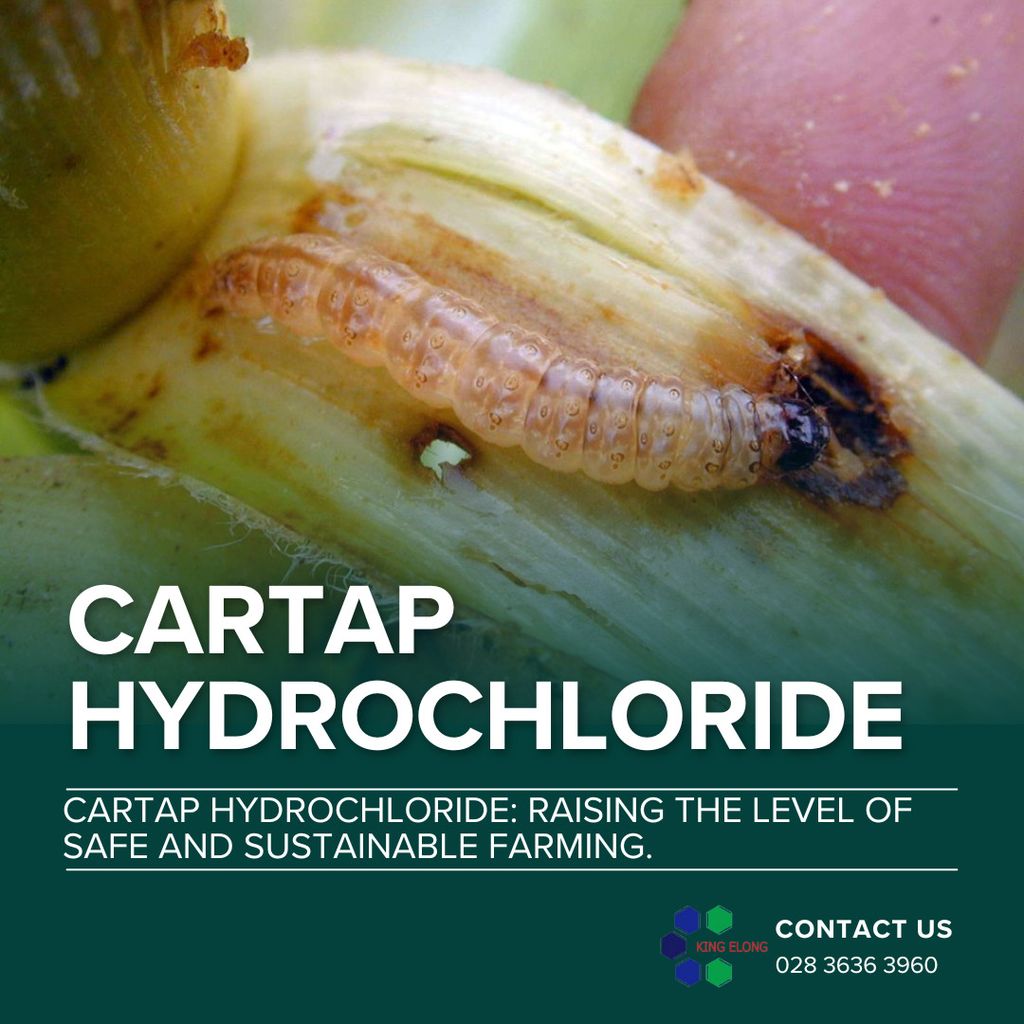
Cartap Hydrochloride: Raising the level of safe and sustainable farming
- Author: Đinh Hằng at
- Specialized news
Cartap Hydrochloride is an insecticide commonly used in rice farming in Vietnam, especially in the Mekong Delta. Cartap Hydrochloride is an analogue of Nereistoxin, a neurotoxin originally isolated from the annelid Lumbriconereis Heteropoda.
This ingredient belongs to the Carbamate group, which is highly effective in controlling harmful pests such as stem borers, fruit borers, Green leafhopper, rice thrips, citrus mealybug,... It is widely used in agriculture with good control efficiency.
Cartap Hydrochloride has a broad spectrum of action and is essentially a contact and stomach poison. This active ingredient works by paralyzing the insect's nervous system, causing it to continue eating and die. Thanks to that mechanism, Cartap Hydrochloride provides high and long-lasting eradication effects.
Besides its high efficiency, Cartap Hydrochloride is highly evaluated by its little adverse impact on the environment. This ingredient is not highly hazardous to humans, animals, and has little effect on the common natural enemy.
However, Cartap Hydrochloride also has some limits which need noticing. Cartap Hydrochloride belongs to toxicity class II and has been classified as low toxicity and residue insecticides used in rice and sugarcane fields. Nevertheless, it should be used carefully in accordance with instructions to ensure safety. In addition, the pre-harvest interval of this active ingredient is between about 7 and 14 days.
In general, Cartap Hydrochloride is a relatively safe and effective insecticide which is used by many farmers. Proper use of Cartap Hydrochloride will help protect crops and contribute to environmental protection.

